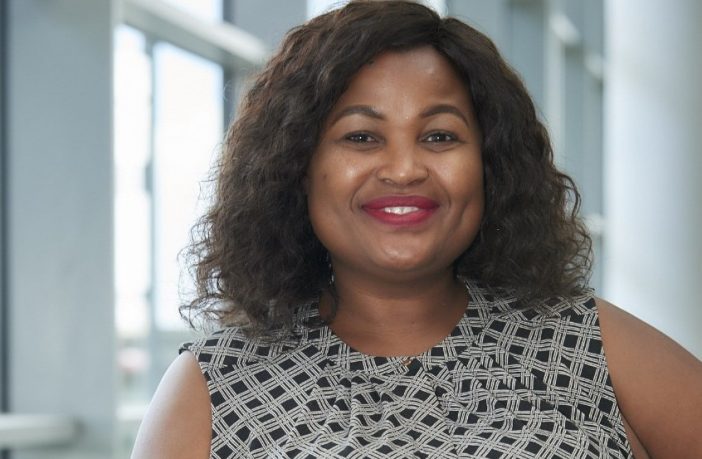- The South African Wind Energy Association (SAWEA) has responded to the recent load-shedding that the country is experiencing once again.
- The Association sees the current energy constraints as a clear symptom of Eskom fleet’s reduced energy availability factor (EAF) and a reminder that the country needs to procure new generation capacity in order to bring the EAF to healthy levels again.
The industry and country eagerly awaits the gazetting of the Integrated Resource Plan (IRP), following Cabinet’s approval yesterday of this long-awaited plan.
This follows the Minister of Mineral Resources and Energy, Mr Gwede Mantashe’s address at the recent wind sector conference, Windaba, that a decommissioning plan, for ageing coal power stations, will be published as part of the IRP. This is to ensure that as these power plants go offline over the next ten years, the capacity will be replaced in order to avoid future load-shedding.
“Our view is that this capacity needs to be replaced with an energy mix that takes into consideration the need to decarbonise the energy system at least cost. Wind energy should be a big part of that mix as it is quick to build (commercial operation within 24 months), and will reduce the cost of energy in South Africa, improving our competitiveness, which should boost the economy, particularly through investments in the manufacturing sector. Therefore, as soon as the IRP is gazetted we need to move swiftly into Ministerial determinations and then procurement,” said Ntombifuthi Ntuli, CEO of SAWEA.
Besides utility scale generation, the wind industry is geared to supply electricity directly to energy intensive users through signing private Power Purchase Agreement’s (PPAs).
“This would address a lot of the capacity challenges and ultimately avoid load-shedding, which prevents economic stability and growth. To achieve this the sector will of course require policy support in terms of generation licences and a wheeling policy framework,” added Ntuli.
The wind power market has already procured over 3 366 MW since the start of the REI4P. Within this, Wind power produces over 52% of total renewable power, with more than 1 300 wind turbines generating renewable electricity into the national grid.
An important role player in creating and developing South Africa’s wind energy ecosystem has been the quality of the resource. South Africa has a very diverse climate, and this diversity applies to the wind climate as well. Different prevailing weather systems dominate the wind climate over different regions of South Africa. This suits and supports the deployment of wind farms across these wind regimes thereby optimising the availability of wind power on the grid. As expected South Africa’s coastal areas boast good wind resources. However there are also vast inland areas that have been scientifically confirmed through the WASA project with good wind sources that compares well with international wind resources.
Being at a key stage of the country’s energy transition, SAWEA hopes that the country’s plentiful wind resources will be harnessed to strengthen the country’s power mix, considering the clear evidence that renewable power costs are competitive with that of new Coal.
A study by the Centre for Scientific and Industrial Research (CSIR) indicates that the wind resource potential in South Africa is extremely good. It has concluded that wind turbines with extraordinarily high load factors could be operated on 80% of our surface area, along the coast but also inland.
The industry holds the potential to affect further broad-reaching needs for economic growth and societal upliftment, across South Africa, through clean power generation, rural social beneficiary programmes and stimulating investment. By adopting an approach that both smooths out annual wind energy procurement and raises annual procurement limits on renewables can create many more jobs in construction and manufacturing.
Author: GBA News Desk
Source: SAWEA















